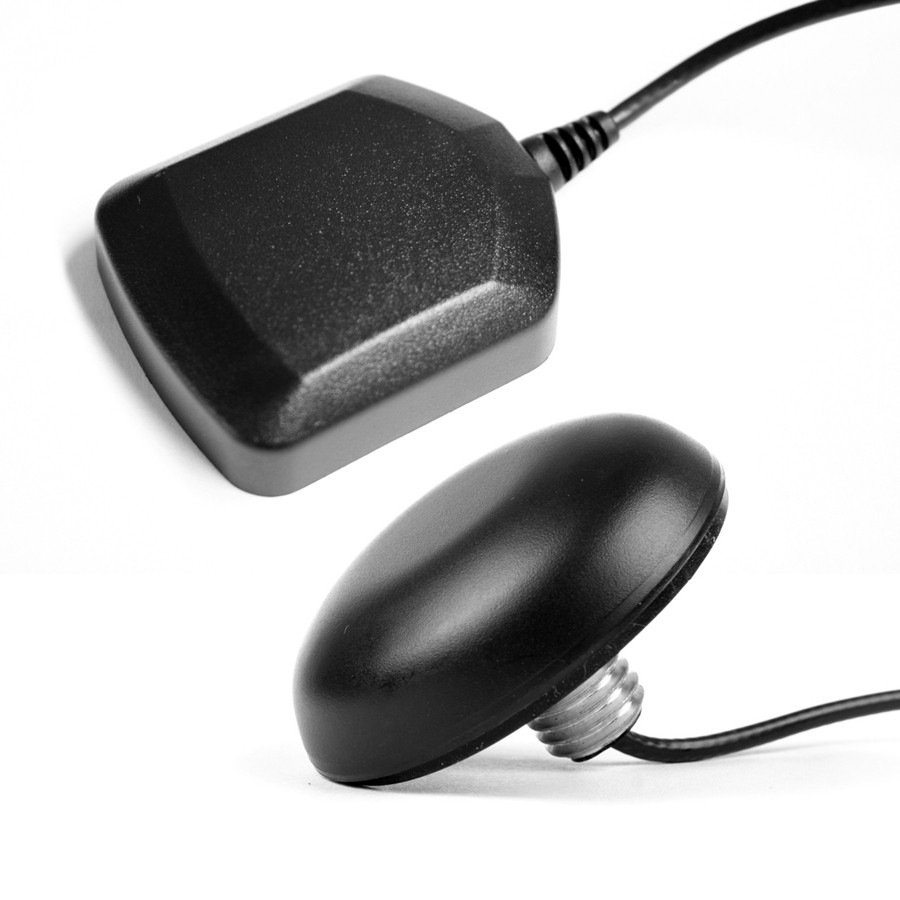

Setting up a DigitalOcean alert policy ensures that you are notified of problematic events as they arise. The data is accurate and timely, but it only shows you what's going on, not why. Limitations of DigitalOcean MonitoringĭigitalOcean's monitoring options give you an overview of your droplet's performance. There is currently no support for adding multiple metrics to a single alert policy. You'll have to repeat the process and add another alert if you want to track more metrics. To activate your alert, give it a name and press the "Create an alert policy" button. You can then choose whether the alerts are posted on a channel or in a user's direct messages. Authorize DigitalOcean to access your Slack workspace. Click the 'Connect Slack' button and follow the instructions to sign in to your Slack account. You can choose to receive alerts in Slack. You can add additional recipients as needed, which is useful if you prefer a colleague or contractor to handle incidents. This is pre-filled with the email address associated with your DigitalOcean account. Under "Send alerts via", configure the alert mechanism. You can add individual droplets, a tag name (for Kubernetes nodes), or the special “All Droplets” selector. Then choose which droplets to apply your policy to.
#MONIT DIGITALOCEAN SERIES#
The global report prevents momentary peaks and troughs from creating a series of alerts. The example below would send you an alert if the CPU usage exceeds 70% for more than five minutes. You can choose between reporting thresholds of five, ten, 30, and 60 minutes. The available metrics correspond to the data collected by do-agent. Use the drop-down lists to configure your new alert. Click the blue "Create Alert Policy" button to add a new policy. You will see a list of alerts in your account. Alerts can be sent by email or through Slack.Ĭlick on the “Monitoring” link in the Control Panel sidebar. You can choose to receive alerts when metrics exceed a specific threshold. The IO column shows the percentage of time each process spent waiting for disk I / O. It includes a list of processes that are using your disk. This will show you real-time disk read and write statistics. Information on disc usage can be obtained from iotop.

4.0 on a droplet with 4 virtual processors). The average maximum load value equals the number of cores available on your server (i.e. A low load average suggests that your droplet is generally idling, which you can verify by looking at DigitalOcean's CPU graph. It indicates the availability of your system to manage new processes. The load average is a measure of the number of running and pending processes over a period of time. This shows you how long your Droplet has been running, how many user connections have been made during that time, and the average load numbers over the past 1, 5, and 15 minutes. Statistics units at the top of the screen are toggled using Shift+E.Īnother useful watch command is uptime. You can switch between memory units (bytes / MB / GB) by pressing e key. To switch to sorting by memory consumption, press Shift+M. You can use top to quickly view the processes running on your droplet. You will need to log in via SSH and use Linux tools to dig deeper into peaks in activity. Although it communicates through ports 80 and 443, you can safely run a web server while it is installed.ĭigitalOcean graphics give you the big picture of your droplet. The tool only transmits data and does not receive it. None of the information provided by do-agent is security sensitive. The agent authenticates as belonging to your Droplet, so the data ends up in your DigitalOcean account. The metrics are then uploaded via gRPC to the DigitalOcean ingestion endpoint. The data should start showing up in your cloud control panel in a few minutes.ĭo-agent periodically collects data from /proc virtual file system.
#MONIT DIGITALOCEAN INSTALL#
Log in to your droplet via SSH and run the following install script: curl -sSL | sudo bash This could be because you upgraded your Droplet from an earlier version, or maybe you originally created it without the Metrics Agent installed.

#MONIT DIGITALOCEAN FULL#
You can manually install do-agent if your droplet is running a supported distribution, but you don't see the full graphics add-in.


 0 kommentar(er)
0 kommentar(er)
